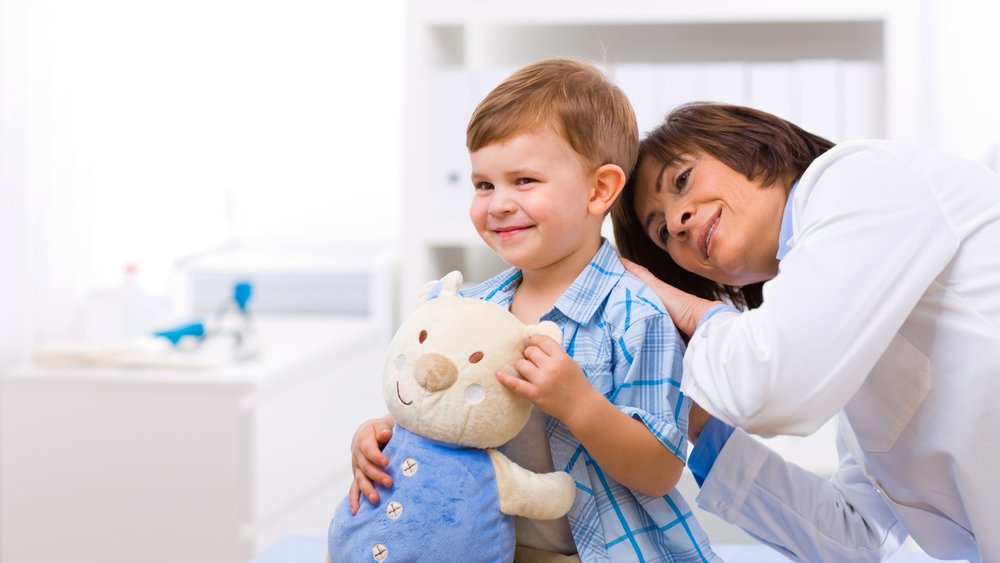In the intricate tapestry of human emotions, the threads that bind a child’s psyche are perhaps the most delicate and vulnerable. Children, with their burgeoning personalities and developing understanding of the world, often encounter hurdles that seem insurmountable to their tender minds. Whether grappling with trauma, navigating complex family dynamics, or struggling with mental health issues, the challenges children face can leave lasting imprints on their well-being.
In the realm of mental health care, the role of a child psychotherapist is akin to that of a compassionate guide, helping young minds navigate the labyrinth of their emotions and experiences. Unlike traditional therapy approaches tailored for adults, child psychotherapy requires a nuanced understanding of developmental psychology, age-appropriate interventions, and a deep well of empathy to foster healing in the most vulnerable members of society.
In this blog post, we delve into the approach of a child psychotherapist and explore the methods and strategies they employ to help children heal. From creating a safe therapeutic environment to utilizing play therapy and creative expression, the toolkit of a child psychotherapist is as diverse as the children they serve. Through their unique blend of clinical expertise and nurturing care, these professionals offer a beacon of hope for children navigating the stormy seas of their inner worlds. Join us as we embark on a journey into the heart of child psychotherapy, where every interaction is a step towards healing and resilience.
Family Dynamics: Supporting Children in Context
Family is the cornerstone of a child’s world, serving as the primary context within which they learn, grow, and form their sense of self. However, within this familial framework, dynamics can vary widely, ranging from harmonious and nurturing to tumultuous and challenging. Understanding and addressing these dynamics is crucial for child psychotherapists in supporting children on their journey towards healing and well-being.
The Impact Of Family Dynamics On Children
Family dynamics encompass the interactions, relationships, and communication patterns within a family unit. These dynamics can significantly influence a child’s emotional development, shaping their perceptions of themselves, others, and the world around them. Positive family dynamics characterized by warmth, support, and open communication can foster resilience and emotional security in children. Conversely, negative dynamics such as conflict, neglect, or dysfunction can contribute to feelings of insecurity, anxiety, and low self-esteem.
Identifying And Assessing Family Dynamics
Child psychotherapists employ various assessment techniques to gain insight into a child’s family dynamics. This may involve conducting interviews with family members, observing family interactions, and utilizing standardized assessment tools. By comprehensively evaluating family dynamics, therapists can identify underlying issues, strengths, and areas for intervention.
Collaborative Approach To Intervention
In supporting children within the context of their families, child psychotherapists adopt a collaborative approach that involves working closely with both the child and their caregivers. By fostering open communication and trust, therapists create a safe space for families to explore and address issues together. This collaborative process empowers families to identify goals, develop coping strategies, and implement positive changes that support the child’s emotional well-being.
Addressing Conflict And Dysfunction
For families experiencing conflict or dysfunction, child psychotherapists play a vital role in facilitating communication, conflict resolution, and problem-solving skills. Through family therapy sessions, therapists help family members explore underlying issues, improve communication patterns, and develop healthier ways of relating to one another. By addressing root causes of conflict and dysfunction, therapists support families in creating a more nurturing and supportive environment for the child.
Promoting Positive Parent-Child Relationships
Central to supporting children within the family context is promoting positive parent-child relationships. Child psychotherapists offer guidance and support to parents in understanding their child’s emotional needs, setting appropriate boundaries, and strengthening their connection with their child. Through parent education, coaching, and modeling, therapists empower parents to play an active role in their child’s healing and development.
Cultural Sensitivity and Diversity
It’s essential for child psychotherapists to approach family dynamics with cultural sensitivity and awareness of diversity. Cultural factors such as beliefs, values, and traditions influence family dynamics and parenting practices. Therapists must acknowledge and respect cultural differences while tailoring interventions that are sensitive to the unique needs and perspectives of each family.
The Language of Art: Expressive Therapies in Child Psychotherapy
In the realm of child psychotherapy, words often fall short in capturing the depth and complexity of a child’s inner world. However, where words fail, art flourishes as a powerful medium of expression, offering children a canvas upon which to paint their emotions, fears, and dreams. The language of art transcends linguistic barriers, providing child psychotherapists with a profound means of communication and healing. In this exploration, we delve into the transformative potential of expressive therapies in child psychotherapy, uncovering how art serves as a bridge to understanding, connection, and healing for young minds.
- Nonverbal Expression: Expressive therapies, including art, allow children to bypass the limitations of language and communicate nonverbally. Through drawing, painting, sculpting, and other artistic mediums, children can express emotions and experiences that may be difficult to articulate verbally.
- Symbolism and Metaphor: Art enables children to convey complex feelings and experiences symbolically, using imagery and metaphor to represent their innermost thoughts and struggles. Therapists can interpret these symbols to gain insight into the child’s psyche and guide the therapeutic process.
- Catharsis and Release: Engaging in art can be cathartic for children, providing a safe outlet for pent-up emotions and stress. The act of creating art allows children to externalize their feelings, reducing emotional distress and promoting a sense of relief and release.
- Self-Exploration and Identity Development: Artistic expression fosters self-exploration and identity development in children, enabling them to explore their interests, strengths, and sense of self. Through art, children can gain insight into their thoughts, feelings, and beliefs, fostering self-awareness and self-expression.
- Trauma Processing: Art therapy is particularly effective in helping children process and cope with trauma. By creating visual narratives of their experiences, children can gain a sense of mastery and control over their trauma, facilitating healing and resilience.
Conclusion
Wake Counseling & Mediation, we prioritize the well-being and healing of children through a compassionate and tailored approach. Our child psychotherapists in Charlotte, NC, utilize a blend of evidence-based techniques and empathetic understanding to address the unique needs of each child. By fostering a safe and nurturing environment, we empower children to explore their emotions, navigate challenges, and develop essential coping skills. Through our dedication to supporting children on their healing journey, we aim to facilitate positive growth and resilience, ultimately helping them to thrive in all aspects of their lives.


